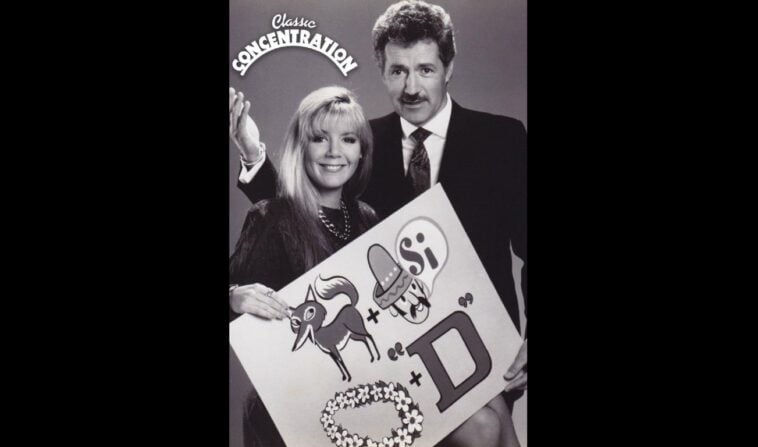While we’re drowning in reality shows about people building tiny houses or dating in pods, some of the most entertaining formats in TV history are collecting dust in network vaults. The 1980s gave us an embarrassment of riches when it came to game shows – clever formats, charismatic hosts, and that special brand of controlled chaos that made afternoon television appointment viewing.
Sure, we’ve seen some comebacks in recent years, but the networks are playing it way too safe, recycling the same handful of titles while ignoring gems that could easily find new audiences today.
More than just filling time slots, these shows created iconic, cultural moments that had entire families gathered around the TV, shouting answers at contestants and debating strategy during commercial breaks.
To that end, here are 8 beloved ’80s game shows that deserve another shot at primetime glory.
Sale of the Century (1983-1989)
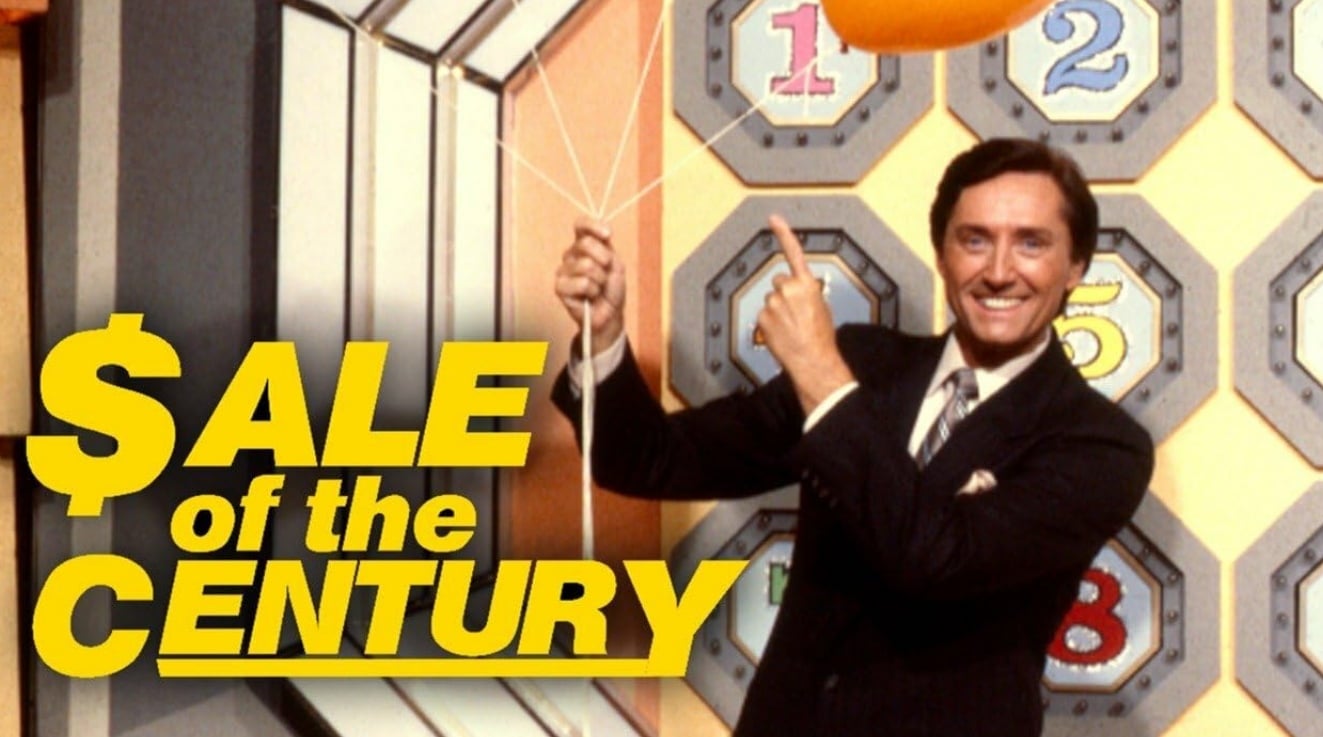
NBC struck gold with this Jim Perry-hosted quiz show, a revival of an earlier 1969-1973 version hosted by Jack Kelly and Joe Garagiola, that turned shopping into high-stakes drama. The format was deceptively simple: three contestants answered trivia questions to earn money, which they could then use to buy luxury prizes at ridiculously low prices during “Instant Bargains.” A $7,000 living room set for $19? Yes, please.
What made Sale of the Century so compelling was the psychological warfare. Do you grab that amazing deal now, or gamble on earning more money for the final championship round where a Corvette might be waiting? The tension was palpable, and Perry’s smooth delivery made the contestants’ decisions feel momentous. In today’s economy, watching people snag high-end merchandise for pocket change would be pure escapist fantasy.
Classic Concentration (1987-1991)
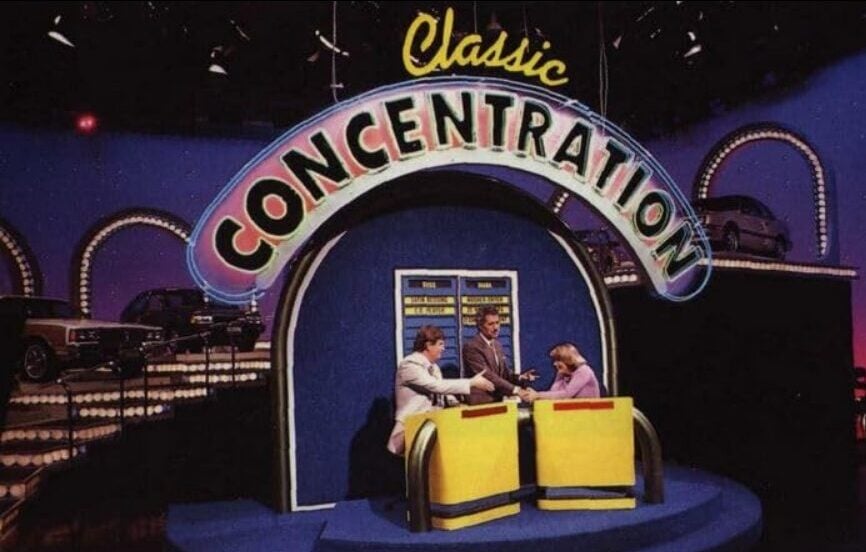
While best known as the undisputed king of Jeopardy!, Alex Trebek also hosted this brilliant revival that proved memory games could be edge-of-your-seat entertainment.
While contestants played a memory game by matching pairs of prizes, their main goal was solving the rebus puzzle—a visual brain teaser using pictures, symbols, and letters to represent phrases (think an eye for “I” or a heart for “love”)—that was revealed piece by piece with each successful match.
The genius of Classic Concentration was watching contestants’ faces as the puzzle slowly revealed itself—that moment of recognition followed by either triumph or devastating wrong answers. Trebek’s dry humor and investment in the contestants’ success made this feel like a thinking person’s game show. With today’s technology, imagine the visual possibilities for those rebus puzzles.
Remote Control (1987-1990)
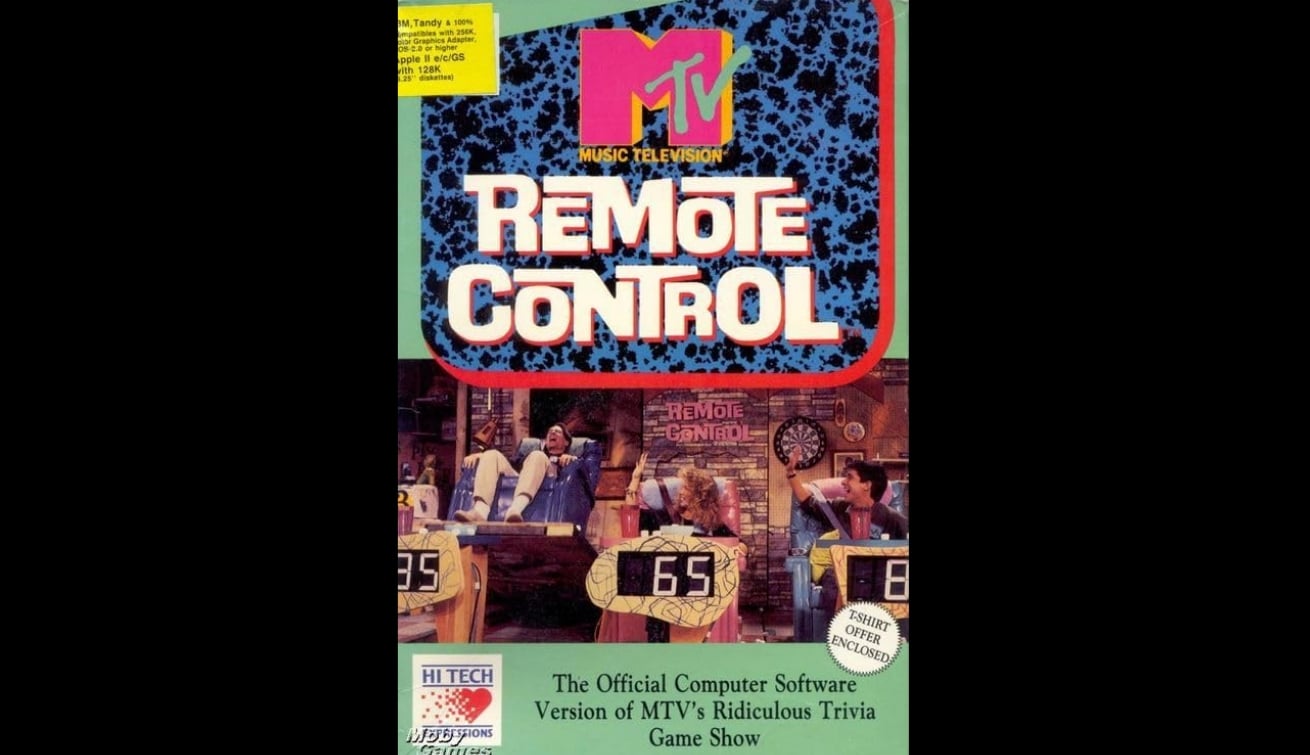
MTV’s first hit game show was pure Gen X chaos, and it was glorious. Three contestants sat in La-Z-Boy recliners in host Ken Ober’s basement, selecting from a wall of bizarre “TV channels” to answer pop culture questions, with Colin Quinn providing sarcastic commentary. The show celebrated the couch potato lifestyle with tongue-in-cheek humor that felt revolutionary for its time.
Remote Control understood something that today’s producers seem to forget: game shows can be funny without being stupid. The questions were legitimately challenging, focusing on deep-cut TV, movie, and music trivia, but wrapped in an irreverent package that made learning feel subversive. A modern revival could tap into our current streaming culture obsession while maintaining that signature snark.
Scrabble (1984-1990, 1993)
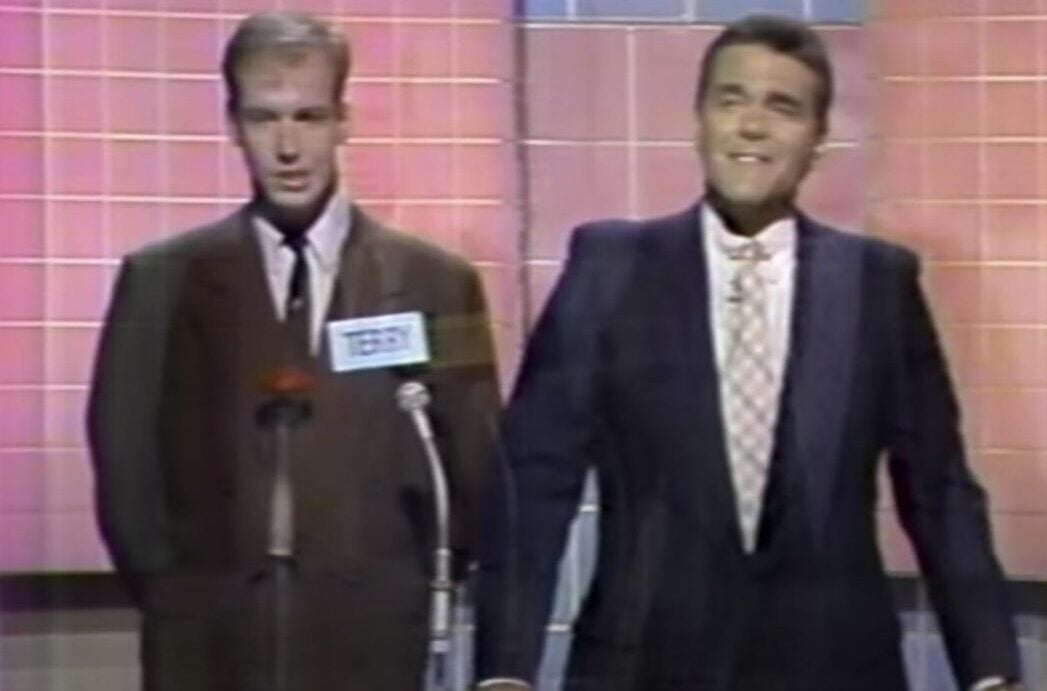
Chuck Woolery proved he was more than just a pretty face with this NBC adaptation of the world’s most popular word game. Two contestants or teams faced off in crossword-style gameplay, but the real excitement came from the “Scrabble Sprint” bonus round, where contestants had to rapidly identify words from a small selection of letters before time ran out.
The show’s true strength lay in its simplicity – everyone understands Scrabble, but watching it unfold under time pressure created genuine drama. Woolery’s enthusiasm was infectious, and his hosting talent shone through in managing the game’s flow, bantering with contestants, and adding humor. With word games currently dominating mobile gaming, this feels like a no-brainer for a comeback.
Tic Tac Dough (1978-1986, 1990)
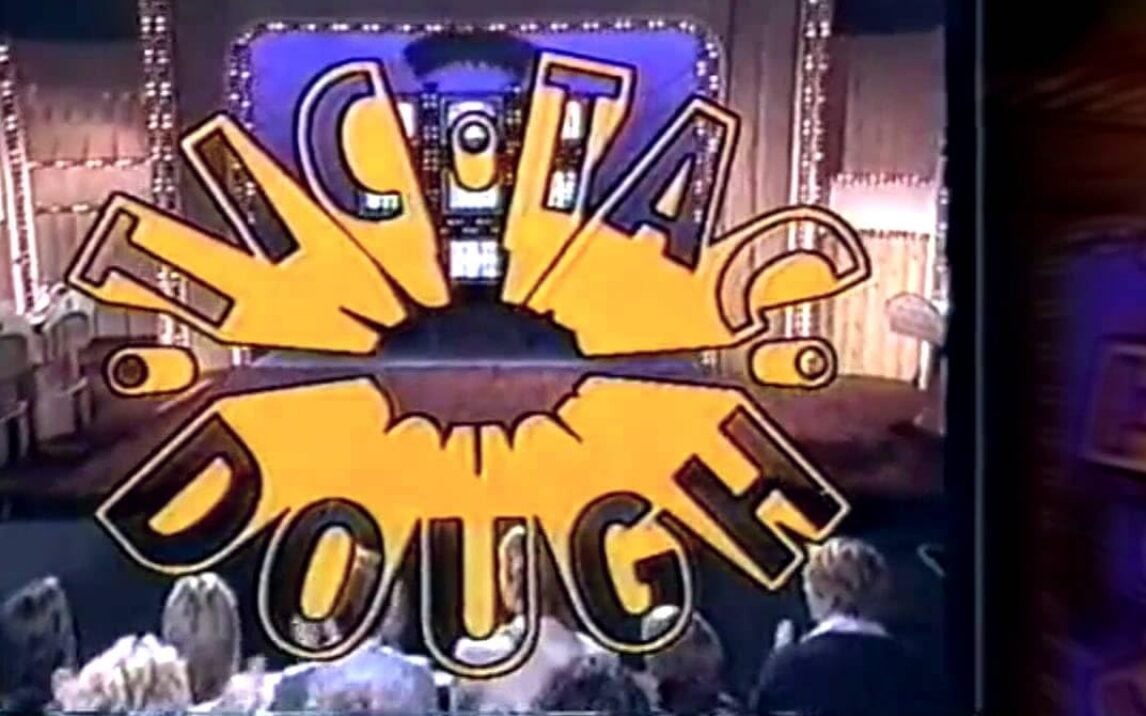
Wink Martindale (host from 1978-1985) turned the simple childhood game into appointment television with this category-based strategy game. Nine categories are arranged in a tic-tac-toe grid, with contestants choosing squares and answering questions to claim territory. The twist? The “dragon” lurked behind one square, ready to instantly end a player’s turn.
What set the show apart was that knowing the answer wasn’t always enough. Unlike most knowledge-based quizzes, Tic-Tac Dough required actual tactical thinking. Contestants had to balance offense and defense while managing the psychological pressure of avoiding that one disastrous square. Martindale’s avuncular presence kept things friendly even when the stakes got high. The format remains a masterclass in game design, proving that a simple grid and one hidden threat are all you need to create perfect tension.
Love Connection (1983-1994)
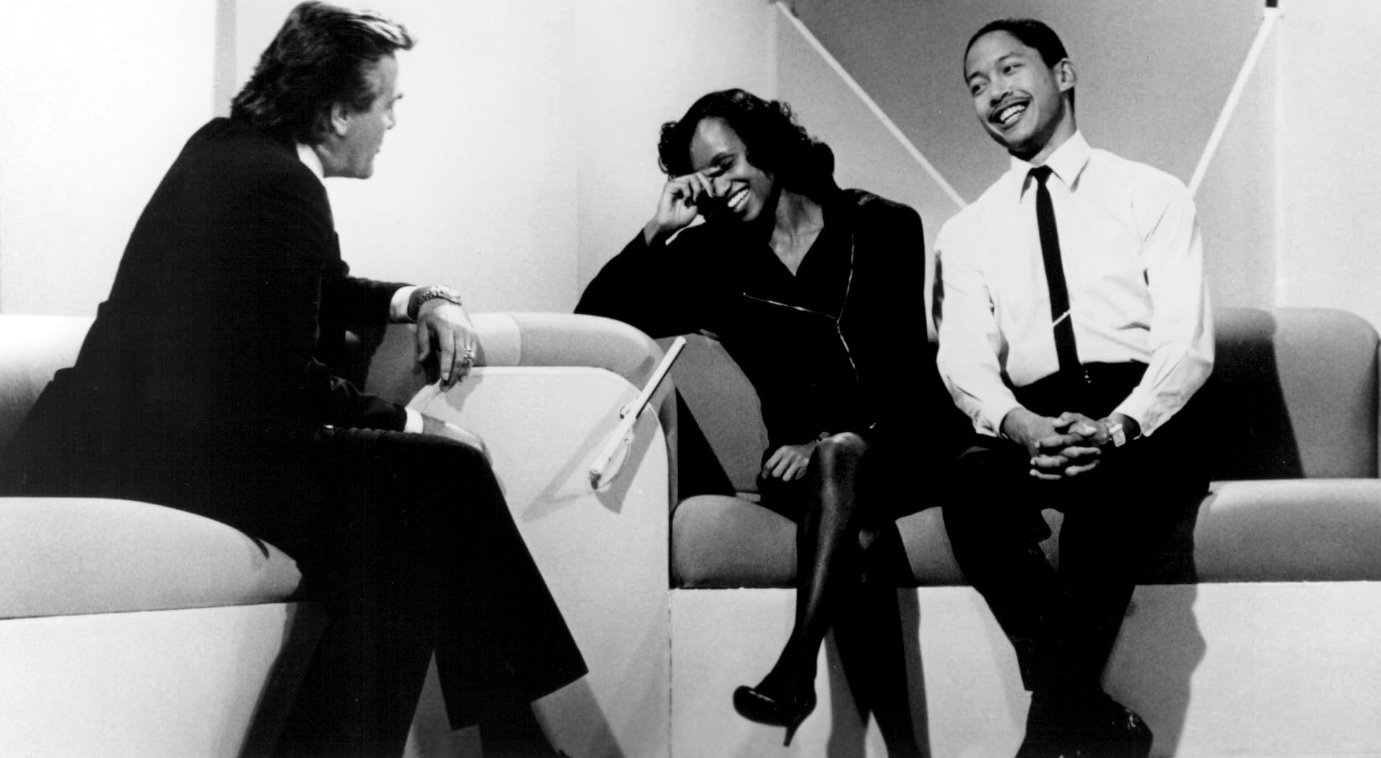
Chuck Woolery’s other masterpiece was part game show, part dating show, and completely addictive. A bachelor or bachelorette would watch videotaped introductions from three potential dates, choose one for a night out, then return to dish about how it went. The studio audience would vote on who they thought was the best match, creating a fascinating social experiment of sorts.
Love Connection worked because it tapped into an authentic curiosity about human psychology. The post-date interviews were often more entertaining than the actual date setups, with Woolery expertly navigating awkward revelations and romantic disasters. In our current age of dating apps and reality TV romance, this format feels both nostalgic and refreshingly authentic.
Chain Reaction (1980, 1986-1991)
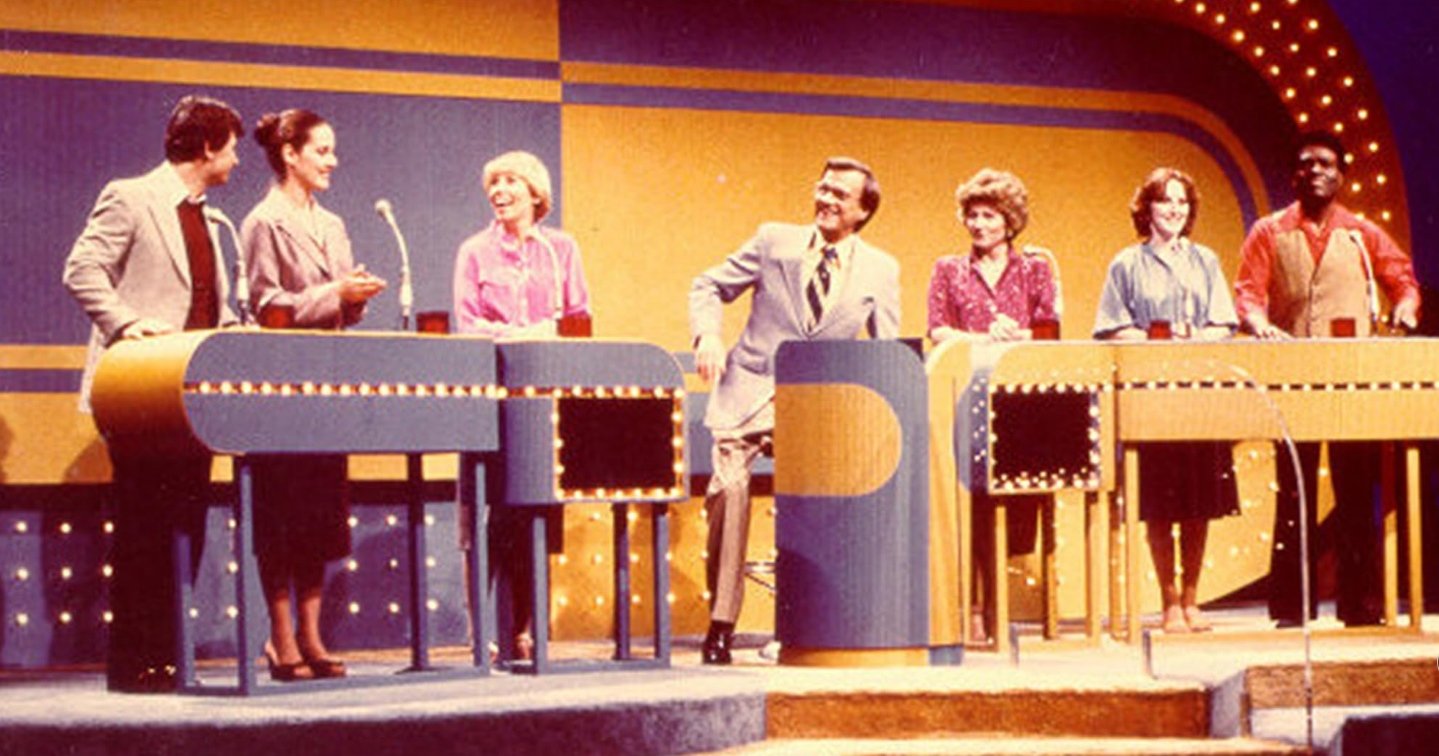
This surprisingly challenging word-association game had a few hosts over its lifetime. Bill Cullen helmed the original 1980 run, while a 1986 revival was briefly hosted by Blake Emmons before the long-running Geoff Edwards took over from 1986 to 1991. Two teams had to connect a chain of words, with each word linked to the one above and below it. The challenge was thinking laterally enough to make those connections under pressure.
The beauty of Chain Reaction was watching contestants’ thought processes in real time. You could follow their logic right up until the moment it either clicked perfectly or fell apart spectacularly. The format rewarded both broad knowledge and creative thinking, making it a true test of wits without being pretentious. It’s the kind of game that has you shouting answers at the screen—a timeless thrill.
All-Star Blitz (1985)
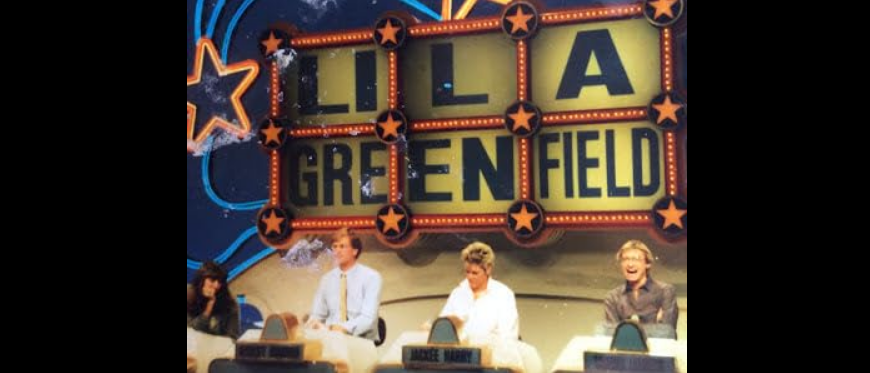
Four years after concluding his legendary run on Hollywood Squares, Peter Marshall hosted this clever ABC hybrid that combined elements of Squares and added a word puzzle twist. Created by Merrill Heatter—the same producer behind Hollywood Squares—this show featured two contestants working with four celebrities to reveal portions of hidden word puzzles, with the stars providing clues, jokes, or misleading answers (in line with the agree/disagree format).
What made All-Star Blitz special was Marshall’s ability to manage celebrity chaos while maintaining puzzle-solving excitement. The “Blitz Bonanza” bonus round cranked up the pressure as contestants raced against time with celebrity help that was sometimes more hindrance than assistance.
The format blended successful elements into something fresh, and Marshall’s experience made it feel spontaneous while keeping the pace breakneck. Though the show only lasted eight months, its brilliant concept deserves a second chance—imagine Tom Hanks trying to give helpful clues while second-guessing himself with that endearing nervous energy that makes everything funnier.

